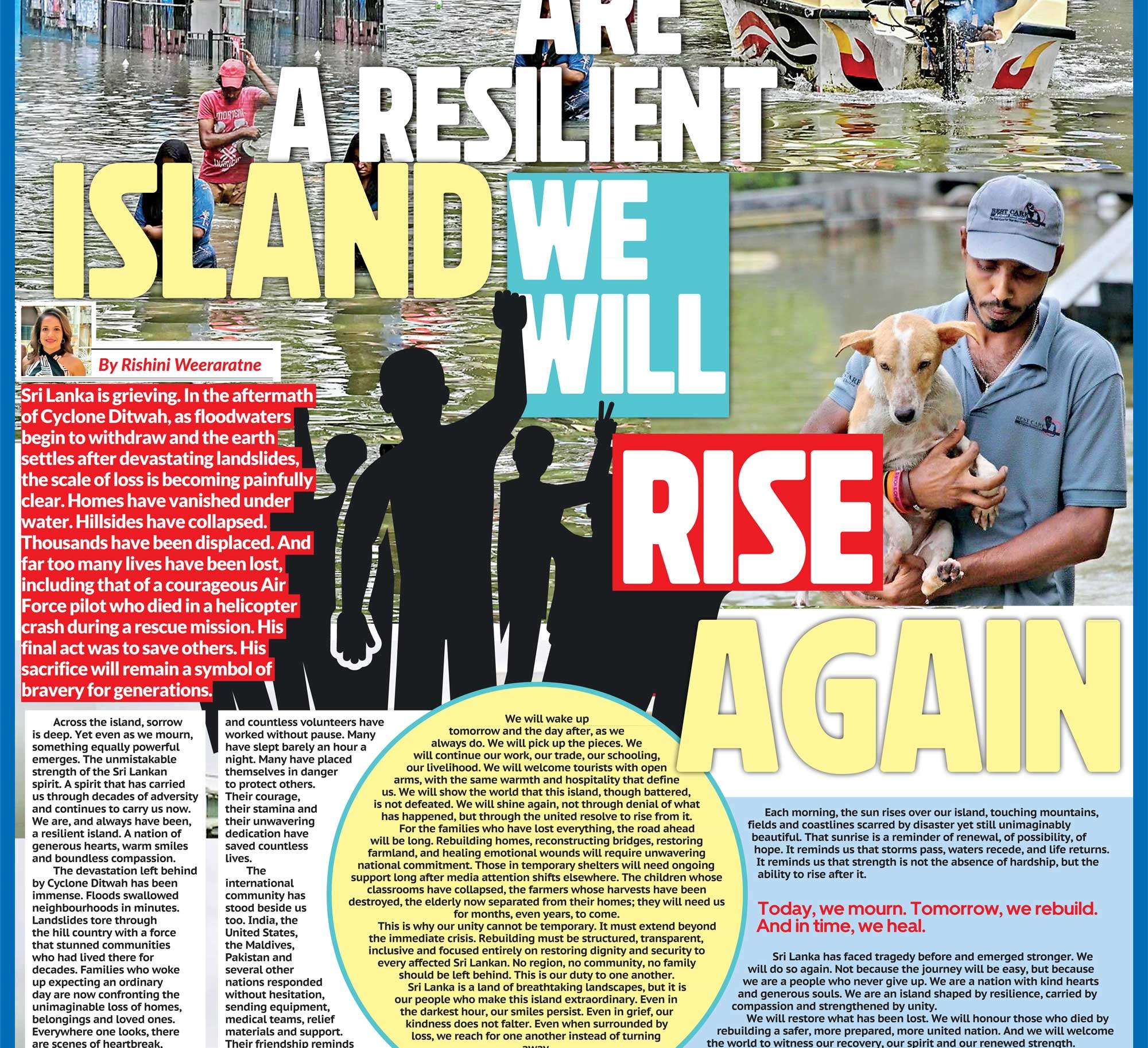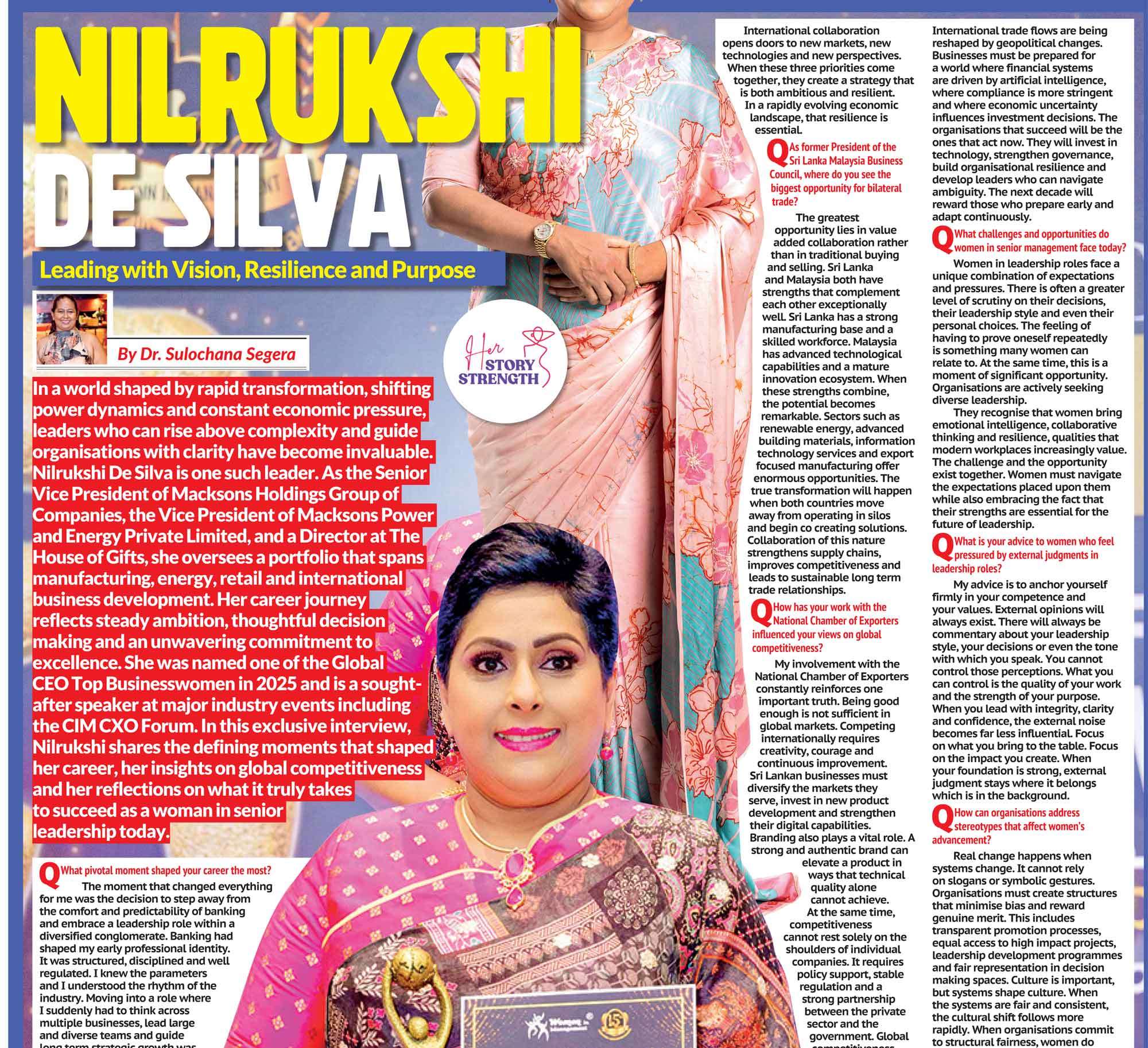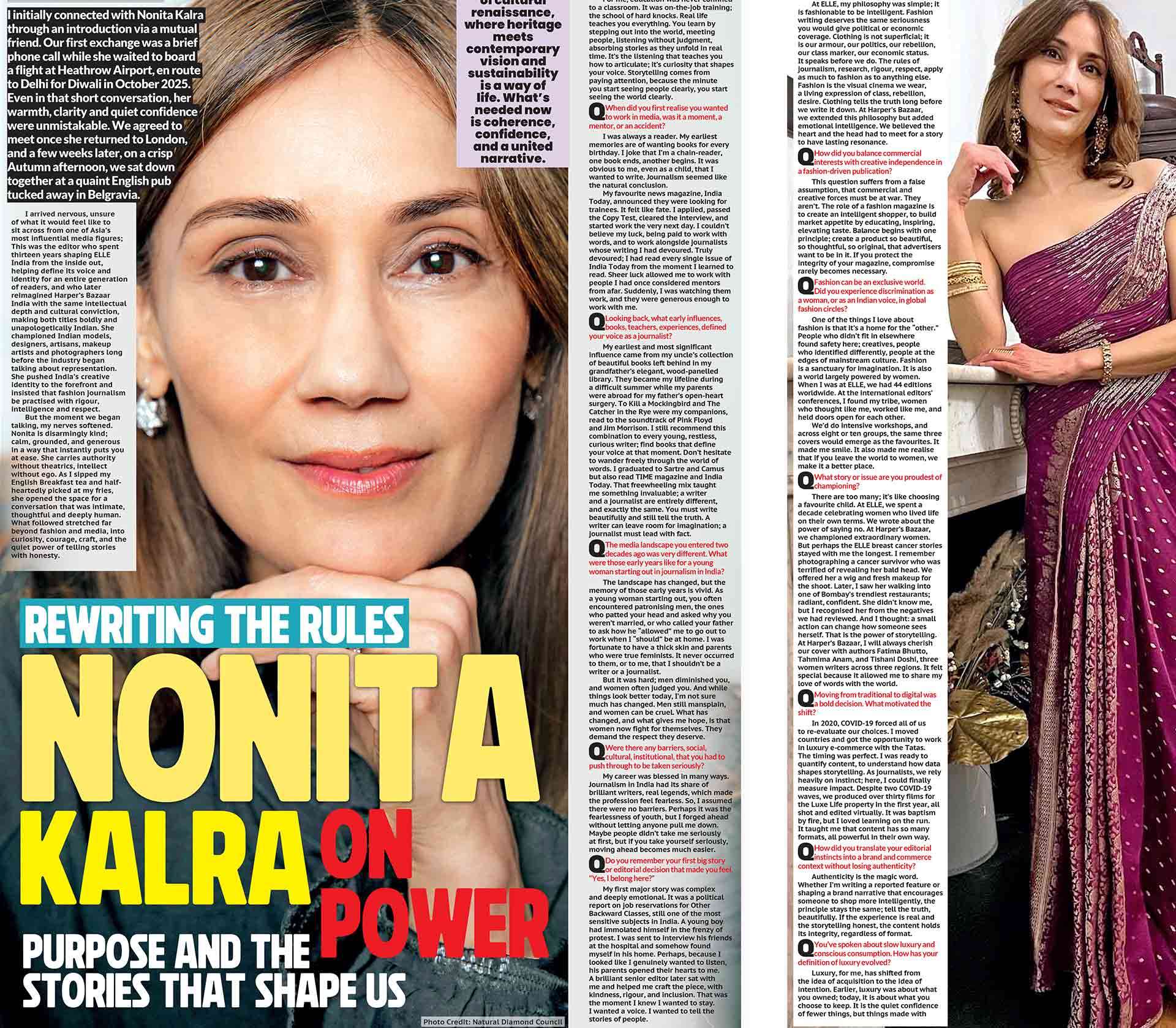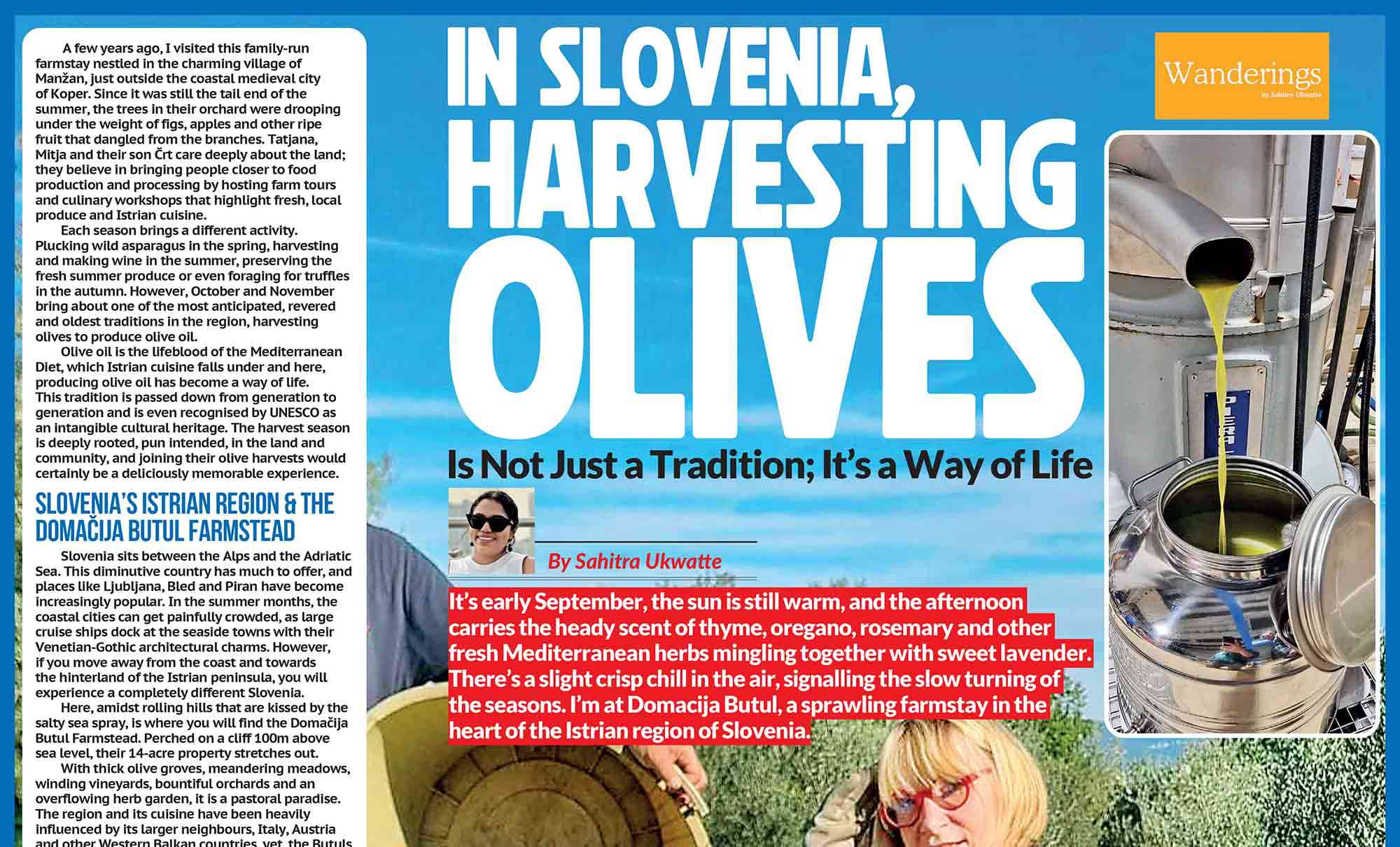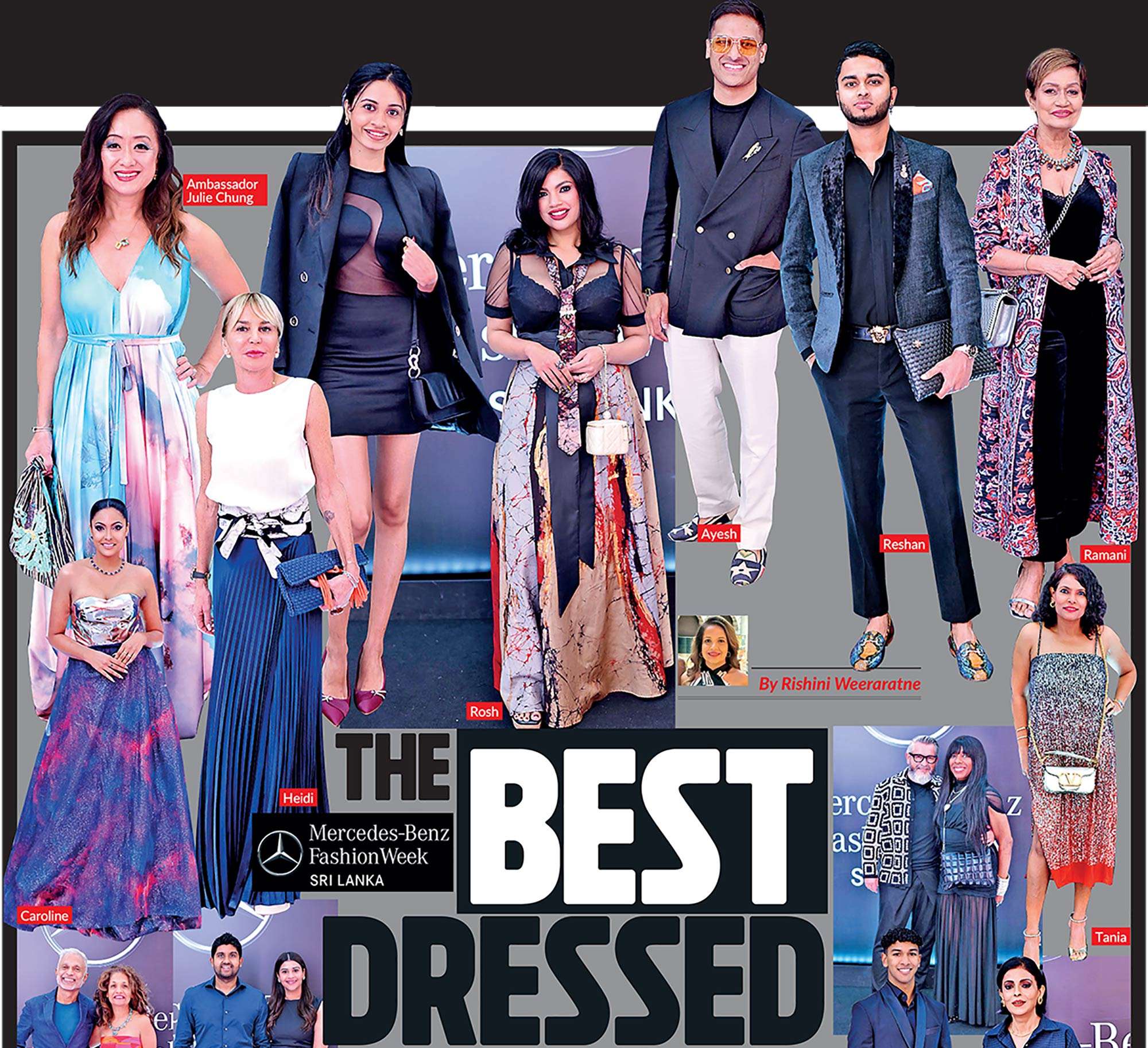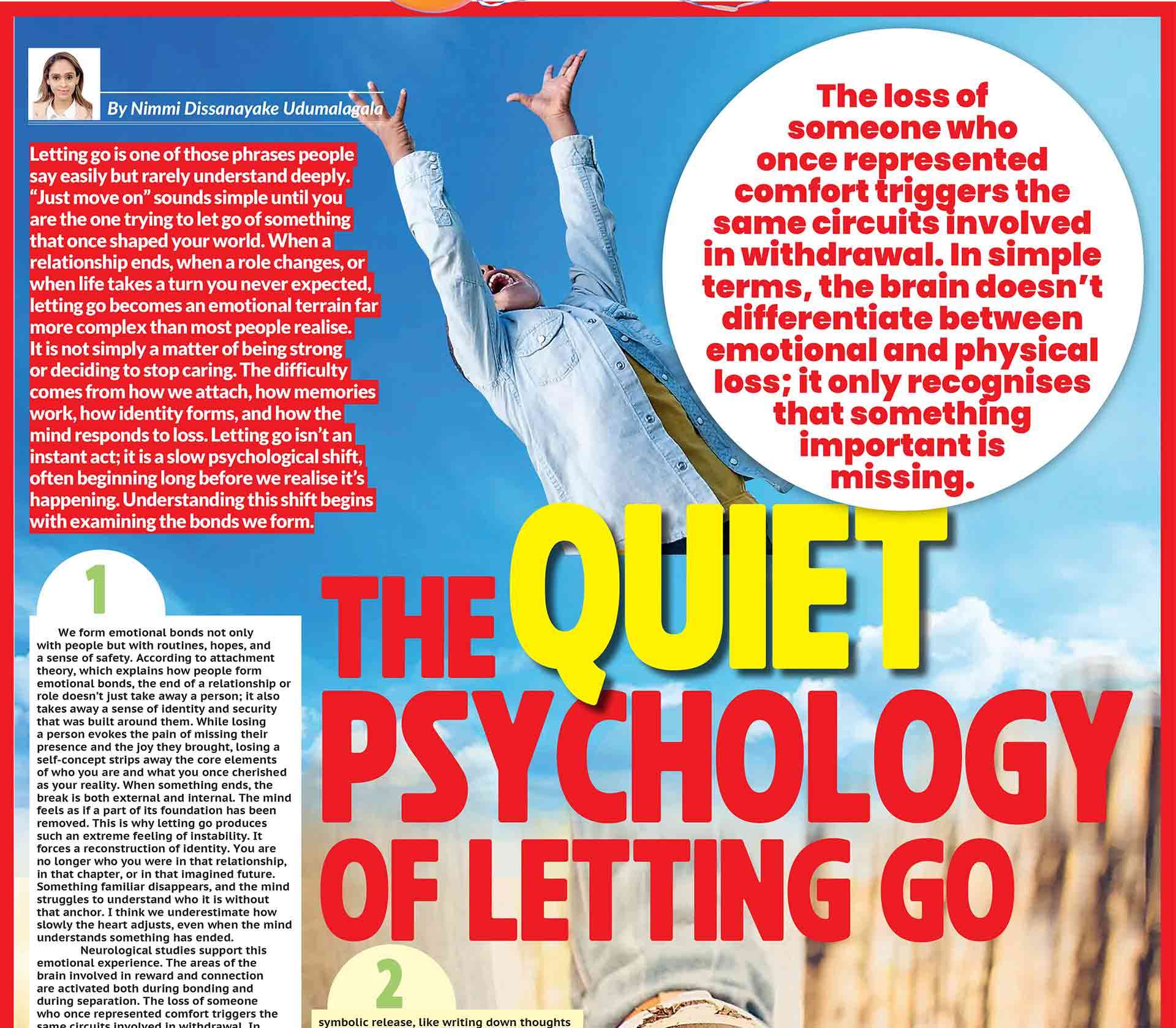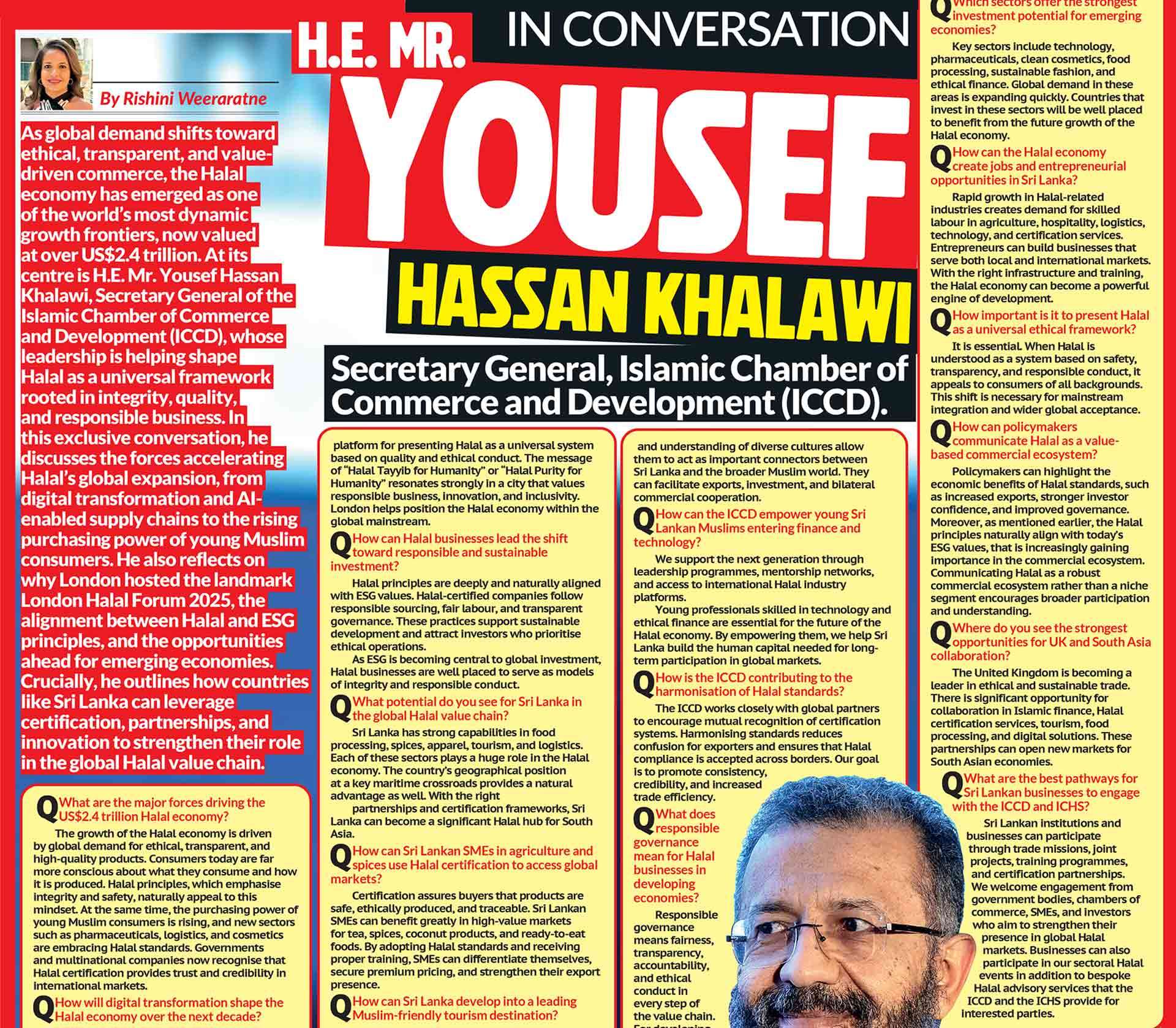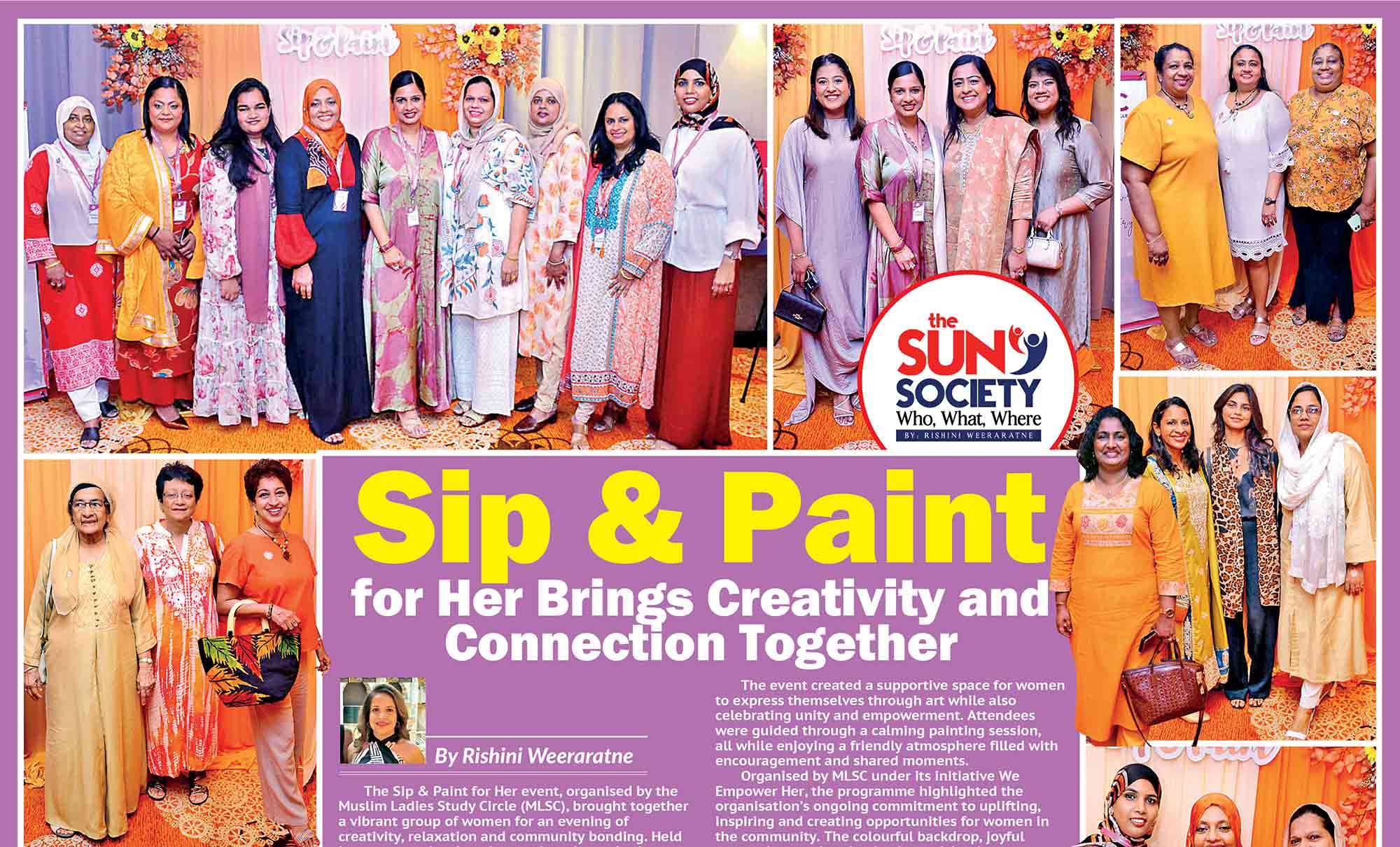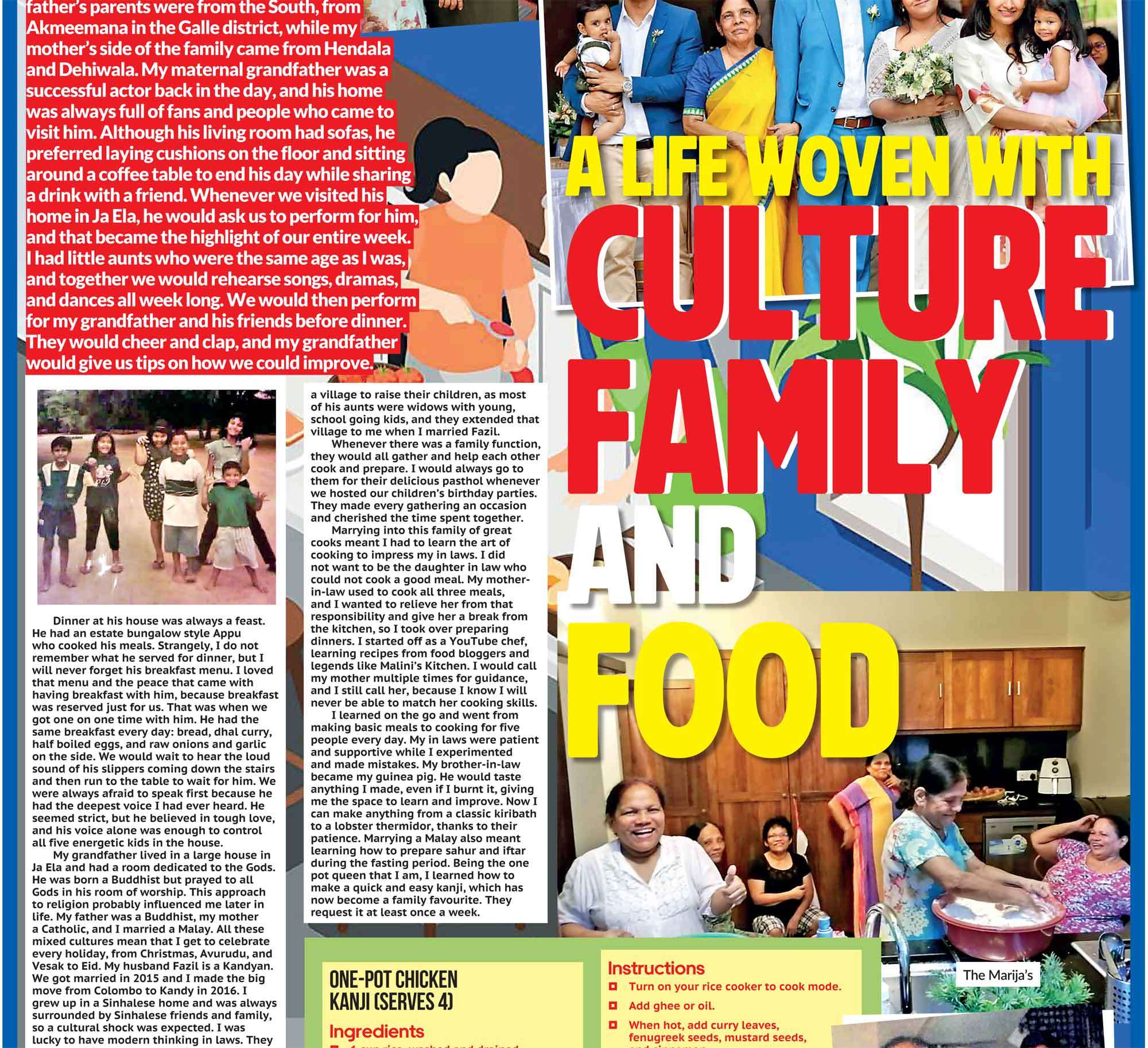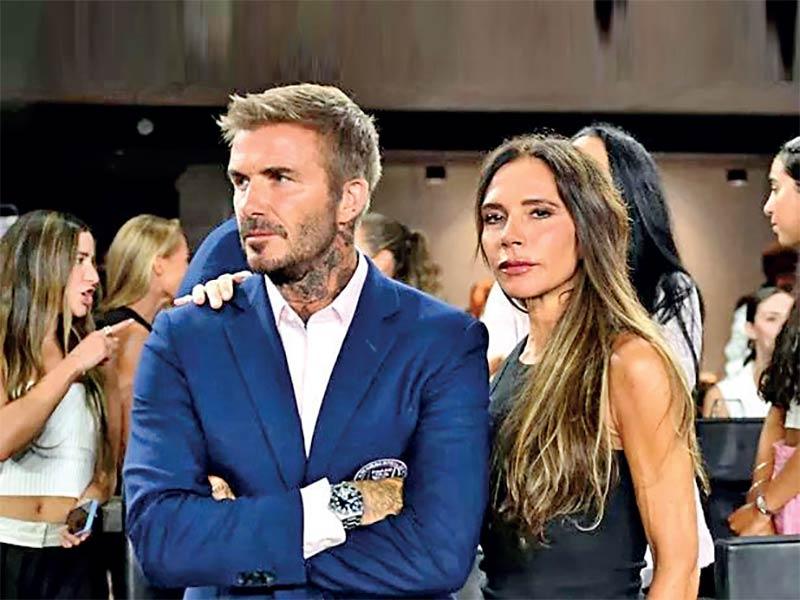
When a public figure as tightly managed and mythologised as Victoria Beckham turns the camera on herself, the result is perilously close to a PR pamphlet, but Victoria Beckham (Netflix) manages, at times precariously, to transcend its own gloss. Over three episodes, directed by Nadia Hallgren (known for ‘Becoming’), the series attempts an intimate portrait of a woman who has been both icon and cipher: Spice Girl, WAG (Wife and Girlfriend), fashion designer, brand, mother, ambition incarnate. It sometimes stumbles, but it also contains moments of vulnerability and candour that cut through the artifice.
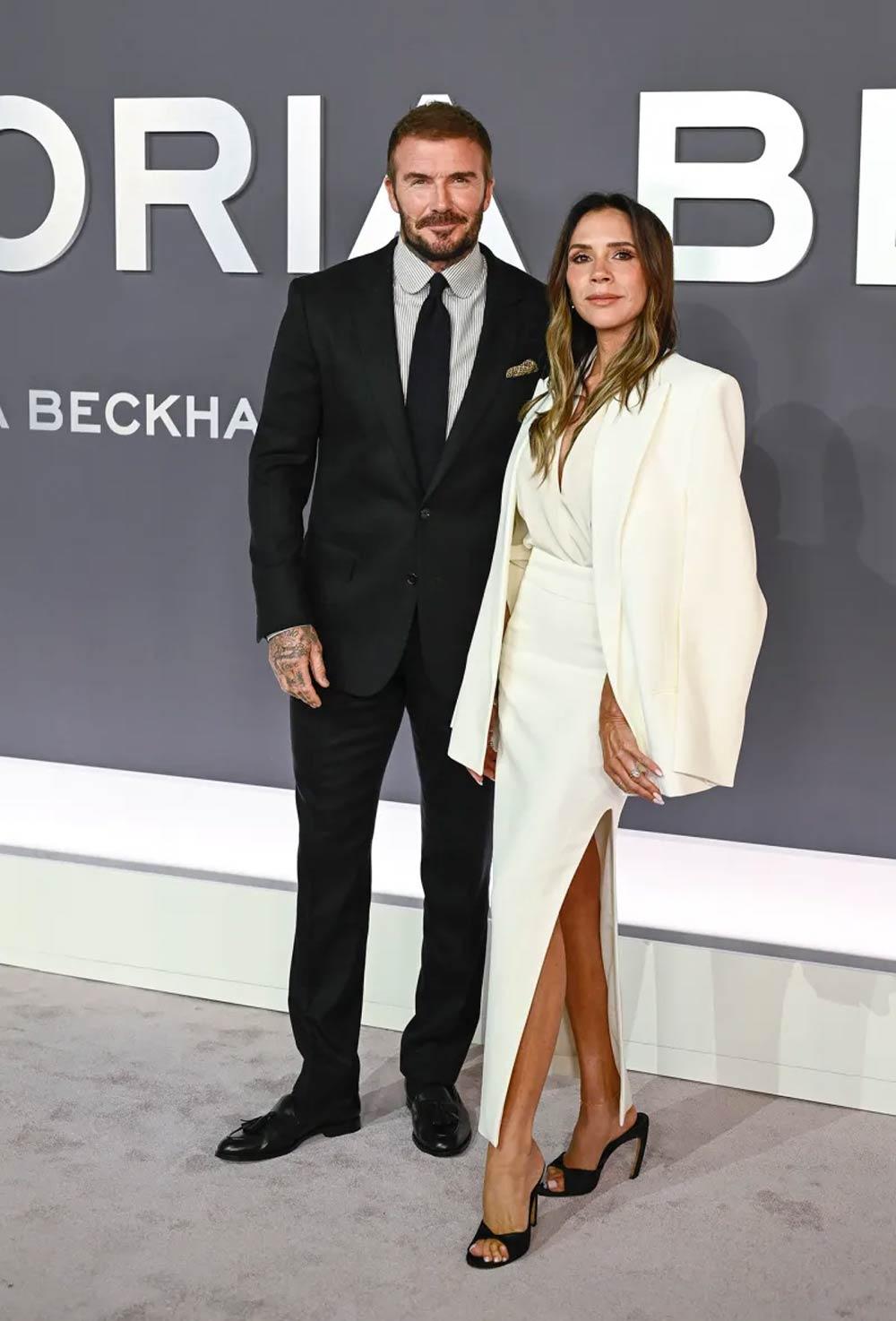 STRUCTURE AND NARRATIVE: AMBITION IN THREE ACTS
STRUCTURE AND NARRATIVE: AMBITION IN THREE ACTS
The series is framed around Victoria’s preparation for her Spring 2025 Paris Fashion Week show, a high-stakes moment threaded through with flashbacks and self-examination. We see sequences in her London atelier, fittings, meetings with fabric suppliers, and the quiet, claustrophobic backstage tension before a runway. Intercut are archival clips from the Spice Girls era, paparazzi footage, and confessional sit-downs in which she revisits turning points: auditioning for the group, navigating her marriage to David Beckham, and launching her fashion empire. The cast of voices includes heavyweights from the fashion world; Anna Wintour, Donatella Versace, Roland Mouret, as well as friends like Eva Longoria, collaborators, and, of course, her husband, David. Their commentary offers both validation and distance. In one moment, David asks: “Who are you trying to prove this to?” A piercing question that echoes through much of her life story. By dividing the series into three chapters, the filmmakers aim to show phases of reinvention; pop icon, WAG, and fashion entrepreneur, yet the transitions feel cleaner on screen than they presumably were in lived reality. The tone is elegant, even stately; the aesthetic tight.
STRENGTHS: CANDOUR, NUANCE, AND THE PRESSURE OF LEGACY
Where Victoria Beckham earns, its keep is in the glimpses of tension behind the brand. There are moments of surprising honesty:
- On body image and eating disorders for the first time on camera, Victoria opens up about long-held struggles with weight, scrutiny, and control. She recalls being publicly weighed on television shortly after giving birth and grappling with labels like “Porky Posh” or “Skinny Posh” that swelled into persistent self-doubt. She describes being “very good at lying” to conceal her illness.
- Business crisis, vulnerability, and survival. The show does not shy entirely away from the fact that her fashion brand lost millions of pounds and teetered on collapse. At her nadir, she wept daily, even as she kept the machine running. Outside investment from David Belhassen is revealed as a lifeline.
- The pressure to be liked. A throughline is Victoria’s restless compulsion to be liked, accepted, validated, rooted in childhood awkwardness and reinforced by decades of media scrutiny. “Who are you trying to prove this to?” is not just a rhetorical device but a question she seems to be chasing her whole life. One reviewer calls her “a woman so self-conscious that … she hasn’t felt confident enough to smile in a picture for a quarter century.”
These revelations do humanise a figure often seen only as gloss and posture. They show the fractures beneath the veneer without completely undoing the polish.
WEAKNESSES: CONTROL, OMISSIONS, AND THE SAFETY NET OF WEALTH
For all its revelations, Victoria Beckham is never far from a controlled, brand-sensitive production. The storytelling feels cautious, as though certain corridors remain off-limits. Critics have been quick to note that the documentary rarely ventures into scandal or dark corners. The reported rift with her eldest son Brooklyn is entirely omitted. Alleged marital difficulties following David’s rumoured affair (Rebecca Loos) are not addressed. The resulting portrait is selective, tailored, curated. That selectivity might be expected in a docuseries produced in cooperation with its subject, but the allowance of only “safe vulnerability” makes the entire enterprise feel a little too neat. One critique: “The show is a carefully controlled flex.” Another: “It’s a glorified PR piece for the Beckham brand.” Another limitation lies in the narrative tension itself. Because Victoria Beckham has always operated under a mantle of privilege and celebrity, the struggle recounted in the series often lacks the raw desperation of a true underdog tale. Critics observe that it reads as a “riches to riches” story, a renowned pop star married to a footballer, using that platform and resources to build a fashion label. The dangers of collapse are softened by the cushion of social capital, access, and legacy. Even the business that loses huge sums is propped up by family and high-powered contacts. The pacing is another sore spot. Some episodes feel elongated, with filler moments of talking heads or slow-building montages that don’t always pay off emotionally. The show could have been nimbler, more daring with tonal shifts, lighter moments juxtaposed with darker ones, rather than maintaining a consistent polish.
PERFORMANCE AND TONE: ELEGANT, POISED, BUT DISTANT
Victoria Beckham herself remains compelling, even when confined. She is reserved, self-protective, never fully shedding the posture of Posh. That said, she allows slivers of warmth and humour, dancing with her daughter, cracking jokes, admitting missteps. But she never quite lets the camera in beyond a glass pane. The tone is sophisticated, glossy, fashion-industry-set, reinforcing her aesthetic identity. The cinematography is elegant: soft lighting in ateliers, slow pans across fabrics, moody backstage tension. The editing is sleek, transitions polished, archival footage woven cleanly. This visual restraint is a double-edged sword: it supports her brand image but sometimes muffles emotional texture. The voices around her (Wintour, Versace, Tom Ford) help anchor her in a larger world of fashion, affirming her legitimacy and elevating her narrative. But the tilt is often complementary rather than interrogative. Their praise feels earned yet safe. One lesser strength: the series leans heavily on “journey to vindication” tropes; defeat, comeback, triumph. That arc can feel inevitable in celebrity documentaries; the surprise lies not in victory but in the small fissures along the way.
CULTURAL AND GENDER CONTEXT: WAGS, POP, FASHION, SCRUTINY
What the documentary does subtly well is to position Victoria Beckham within a gendered spotlight that is crueller and narrower than for men. Her journey is not just one of business struggle, but of constant redefinition away from the reductive tag of “WAG” or “Posh Spice.” In interviews she reflects on misogynistic commentary in tabloids, the difficulty of being taken seriously as a designer, and the assumption that her success came from her position beside a global football legend.
In that sense, the documentary is subtly feminist: it shows that her battles are not only financial but reputational, controlling how she is seen, pushing back against the media’s habitual treatment of women in fame. Yet it rarely explores the larger systems, the business of fashion, inequality, or structural obstacles in depth. Another cultural layer is the enduring public fascination with the Beckhams as a power couple. The film acknowledges the brand symbiosis but rarely probes the tension of identity within that unit. Sometimes Victoria feels overshadowed by the gravitational pull of David’s celebrity, and the show implies she has spent years carving out her own orbit. But that tension is never deeply unpacked.
VERDICT: A WELL-CRAFTED PORTRAIT THAT REVEALS BUT STILL WITHHOLDS
Victoria Beckham is a documentary that balances on a knife-edge between myth and humanity. In winning glimpses, it gives viewers access to a woman often seen only in curated images. Its revelations about her insecurities, business fragility, and compulsion toward approval make for compelling emotional beats. Yet the production’s self-possession, its tight control, selective omissions, and emphasis on aesthetic elegance, blunt the full force of what could have been a more daring, messy, revelatory portrait. For fans of fashion, celebrity, or the Beckham brand, the series offers satisfying behind-the-scenes access and affirmation. For viewers seeking a gritty, unfiltered psychological excavation, it may disappoint. It is not a failure, quite the opposite, but it stops just short of taking risks. The question it leaves hanging: does Victoria Beckham still need to convince us, or herself? In the end, the docuseries delivers the highlight reel of vulnerability, dressed in haute couture. Perhaps that is fitting for a woman who has lived much of her life in the frame. But one comes away wishing she had briefly dropped the pose and allowed the camera to catch a moment of unguarded collapse.

